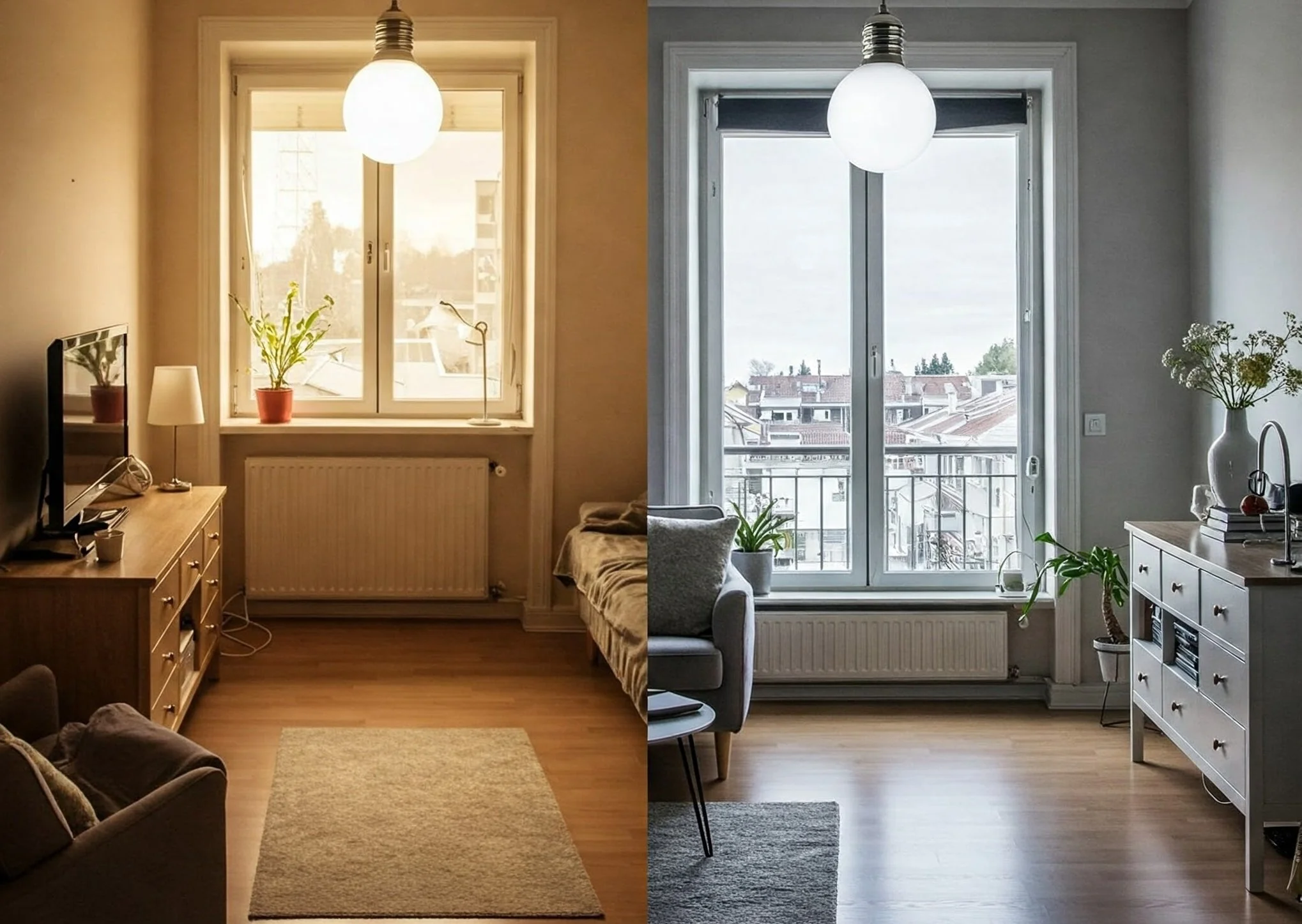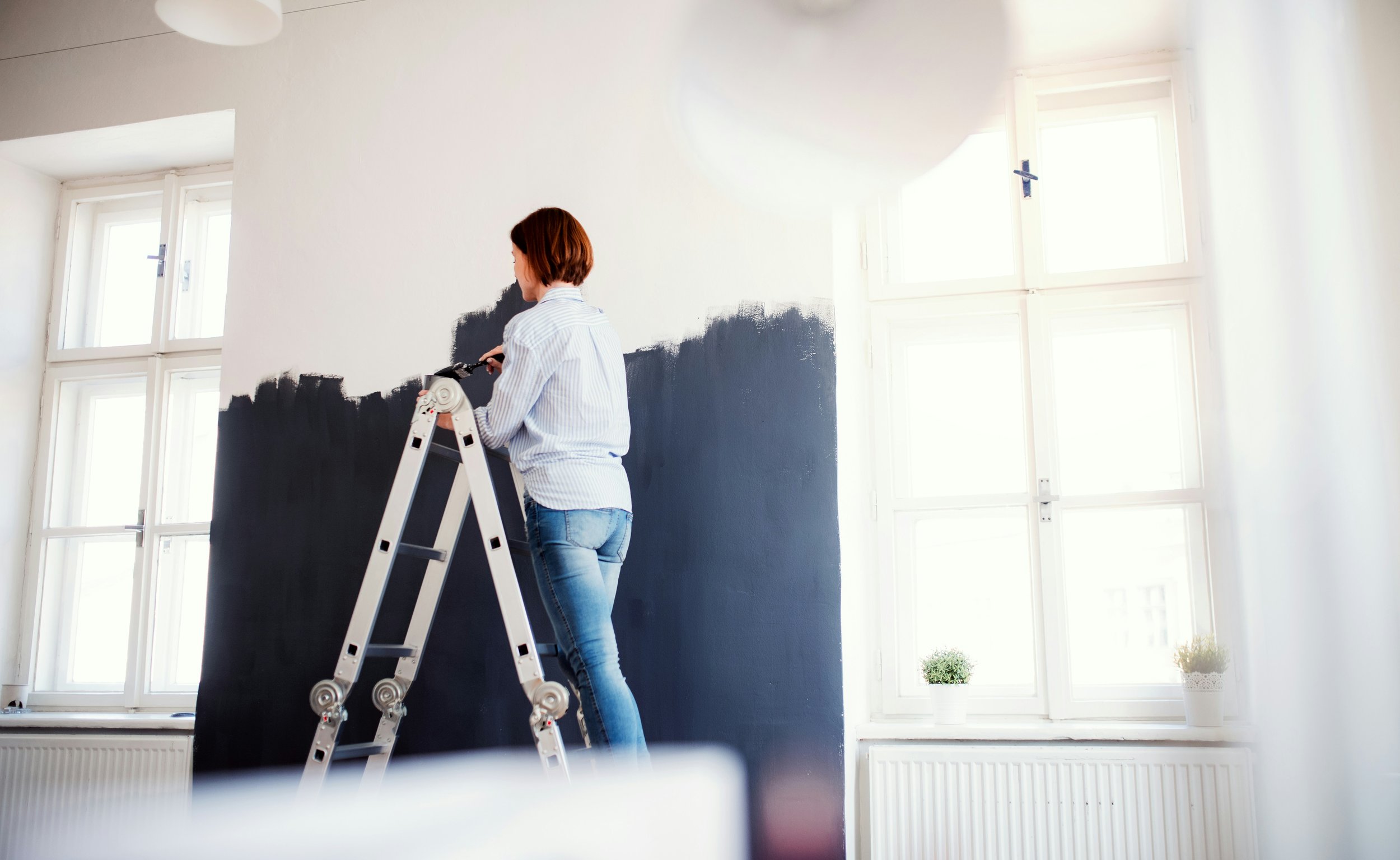Baseboard Installation Price Guide for Homeowners
Looking to install new baseboards? Check out our comprehensive Baseboard Installation Price Guide for Homeowners. Learn about pricing factors, materials, labor costs, and DIY tips for a smooth installation process.
Let’s face it—baseboards might not be the first thing that comes to mind when you're thinking about home improvement projects, but they’re the unsung heroes of any room. Not only do they protect your walls from scuffs and damage, but they also add that finishing touch to your space. If you’re planning on giving your home a little facelift, understanding the costs involved in installing baseboards is crucial for budgeting. That’s why we’ve put together this Baseboard Installation Price Guide for Homeowners, so you can know exactly what to expect, from material costs to labor fees.
Ready to break down the numbers and see what goes into baseboard installation? Let’s dive in!
Why Installing Baseboards Matters
First, let’s talk about why baseboards are worth the investment. You might think they’re just decorative, but baseboards do more than just frame your floors. They:
Protect the walls from everyday wear and tear.
Cover gaps between the wall and floor for a seamless finish.
Add aesthetic value, giving rooms a polished and completed look.
Help tie together your interior design, whether you’re going for modern, classic, or rustic.
Now that you know why baseboards are important, let’s get into the nitty-gritty: the costs involved in their installation.
Factors That Affect Baseboard Installation Costs
Several factors can affect the overall cost of your baseboard installation project. Understanding these variables will help you get a clearer picture of what you're getting into and avoid any surprises along the way. Here’s what you should consider:
1. Material Choice
The type of material you choose for your baseboards has a significant impact on price. Let’s break down some common options:
MDF (Medium Density Fiberboard): MDF (Medium Density Fiberboard) is a budget-friendly option for various projects, with costs ranging from $0.60 to $1.50 per linear foot. It’s favored for its ease of installation and paintability, making it a versatile choice for many applications. However, while MDF is cost-effective, it lacks the durability of natural wood, which can impact its longevity and resistance to wear and tear. Despite this, its smooth surface and affordability make it a popular choice for many DIY and home improvement projects.
Pine or Softwood: Pine or softwood baseboards typically cost between $1 and $3 per linear foot, offering a cost-effective option for homeowners. These materials are relatively affordable and easy to work with, making them a popular choice for various projects. However, they are more prone to dents and warping over time compared to harder woods. Despite this, softwoods like pine are versatile and can be painted or stained to match different decor styles. Their affordability and ease of installation make them a practical choice for budget-conscious renovations.
Hardwood (Oak, Maple, etc.): Hardwood baseboards, such as those made from oak or maple, range from $2 to $5 per linear foot. While they are more expensive than other options, they provide exceptional durability and a timeless, classic appearance. Hardwood baseboards are resistant to damage and wear, making them a long-lasting choice for enhancing the aesthetic of any room. Their higher cost is often justified by their quality and the refined finish they bring to a space. Although installation can be pricier, the investment in hardwood baseboards typically pays off with their enduring beauty and performance.
Vinyl or PVC: Vinyl or PVC baseboards, priced between $1.50 and $3 per linear foot, offer a modern and moisture-resistant solution for various spaces. These materials are particularly well-suited for high-humidity areas like bathrooms, where they can withstand moisture without warping or deteriorating. Vinyl and PVC baseboards are also easy to maintain and clean, making them a practical choice for both residential and commercial settings. Their affordability and durability make them a popular option for those looking to balance functionality with cost-effectiveness.
2. Labor Costs
The second largest cost factor in your Baseboard Installation Price Guide for Homeowners is labor. Installing baseboards isn’t rocket science, but it does require skill, especially when it comes to cutting angles and achieving a snug fit.
Professional Installation: Hiring a professional for baseboard installation generally costs between $4 and $7 per linear foot for labor. The final price can vary based on your location, the complexity of the job, and the contractor’s experience. Professional installation ensures a precise and polished finish, handling any necessary adjustments and ensuring the baseboards are properly secured and aligned. Although this option may be more expensive than DIY installation, it can save time and ensure a high-quality result, particularly for more intricate or detailed baseboard designs.
DIY: Hiring a professional for baseboard installation generally costs between $4 and $7 per linear foot for labor. The final price can vary based on your location, the complexity of the job, and the contractor’s experience. Professional installation ensures a precise and polished finish, handling any necessary adjustments and ensuring the baseboards are properly secured and aligned. Although this option may be more expensive than DIY installation, it can save time and ensure a high-quality result, particularly for more intricate or detailed baseboard designs.
3. Room Size and Layout
Another thing to consider is the size and layout of the room(s) where you’re installing baseboards. Larger rooms, obviously, require more material and labor. But rooms with lots of corners or tricky angles will add to the labor time and cost.
Straight Walls: Installing baseboards along straight walls is straightforward and generally less costly. With minimal obstacles or interruptions, the installation process is quicker and requires fewer adjustments. The simplicity of straight walls allows for easier measurements and cuts, resulting in a smoother installation. This can help reduce both labor costs and the potential for errors. If your room features mostly straight walls with little to no corners or complex trim work, you can expect a more efficient and cost-effective installation process.
Corners and Obstacles: If your space includes many corners, doors, or built-ins, the cost of baseboard installation will likely be higher. These areas require precise, detailed cuts and extra time for fitting, making the job more complex. For example, inside and outside corners need careful mitering, while doors and built-ins may require additional adjustments to ensure a seamless fit. This added complexity can increase both the labor time and overall cost. Expect to pay more for rooms with these obstacles, as the installation will require greater skill and attention to detail.
4. Removal of Old Baseboards
Before installing new baseboards, you'll need to remove the old ones. If the existing baseboards are in poor condition and require professional removal, expect to pay an additional $1 to $2 per linear foot. This extra cost covers the labor involved in carefully detaching and disposing of the old baseboards. If you opt to handle the removal yourself, exercise caution to avoid damaging the walls. While DIY removal can save money, it requires patience and attention to detail to ensure the walls remain in good condition for the installation of your new baseboards.
5. Finishing Touches
Once your baseboards are installed, they typically need to be painted or stained based on the material. Some professionals include painting in their installation cost, while others may charge extra. On average, painting baseboards costs between $1 and $3 per linear foot, depending on whether you handle it yourself or hire a professional. DIY painting can save money but requires time and skill, while hiring a pro ensures a high-quality finish and can be more convenient, especially if you prefer a flawless look.
How to Save Money on Baseboard Installation
If you’re looking for ways to cut costs without cutting corners, here are a few tips to consider:
1. DIY Baseboard Installation
Tackling baseboard installation as a DIY project can save you a significant amount of money. If you have basic carpentry skills and the necessary tools, it’s a worthwhile endeavor. However, be prepared to invest time in precise measuring, cutting, and caulking to achieve a professional-looking finish. While doing it yourself can be cost-effective, ensure you’re comfortable with the tasks involved to avoid costly mistakes. With careful planning and attention to detail, you can successfully complete the project and enjoy the satisfaction of a job well done.
2. Choose Affordable Materials
If you're on a tight budget, consider opting for MDF or vinyl baseboards instead of more expensive hardwood options. MDF offers an affordable yet stylish choice with easy installation and painting, while vinyl provides durability and moisture resistance, particularly beneficial for high-humidity areas. Both materials deliver a polished look without straining your wallet, allowing you to achieve a finished, attractive space without overspending. By choosing these cost-effective alternatives, you can maintain both functionality and aesthetics within your budget.
3. Bulk Discounts
If you’re planning to install baseboards throughout your entire house, consider negotiating a bulk discount with your contractor. Many professionals are open to offering lower rates for larger projects, which can result in significant savings. Discuss the scope of your project and request a quote that reflects a discounted rate for the volume of work. This approach not only helps you manage your budget more effectively but also ensures you get a cohesive look throughout your home. Always ask about potential discounts before committing to ensure you’re getting the best value for your investment.
4. Paint Them Yourself
To save on finishing costs, consider painting or staining the baseboards yourself. By taking on this task, you can cut down on labor fees and have complete control over the final appearance. This DIY approach allows you to customize the color and finish to perfectly match your décor while keeping your budget in check. Just be sure to allocate enough time for prep work, application, and drying to achieve a professional-quality result. With some effort and attention to detail, you can enhance the look of your baseboards and make the most of your home improvement investment.
Conclusion
Installing new baseboards is a fantastic way to update your home, giving it a fresh, polished look. But like any home improvement project, understanding the costs upfront is essential for staying within budget. This Baseboard Installation Price Guide for Homeowners is designed to give you a clear breakdown of what to expect—from material costs to labor and everything in between.
Whether you’re tackling this as a DIY project or hiring a pro, knowing the ins and outs of baseboard installation will ensure your home gets that perfect finishing touch—without any unexpected surprises!
Frequently Asked Questions
How much does baseboard installation cost on average?
On average, you can expect to pay between $5 and $10 per linear foot for baseboard installation, including both materials and labor. However, costs can vary depending on your material choice and the complexity of the job.
Can I install baseboards myself?
Yes, if you’re comfortable with basic carpentry skills, you can install baseboards yourself. Just be sure to measure carefully, use the proper tools, and have patience—especially when cutting angles for corners.
What’s the best material for baseboards?
The best material depends on your needs and budget. MDF is affordable and easy to work with, while hardwood offers a more premium, durable look. For moisture-prone areas, vinyl or PVC is a great choice due to its water resistance.
How long does baseboard installation take?
For a standard room, professional installers can typically finish the job in 2-3 hours. For larger projects or more complex spaces with many corners, it may take longer.
Do I need to remove old baseboards before installing new ones?
Yes, old baseboards need to be removed before new ones can be installed. You can either do this yourself or hire a professional for an additional fee.































